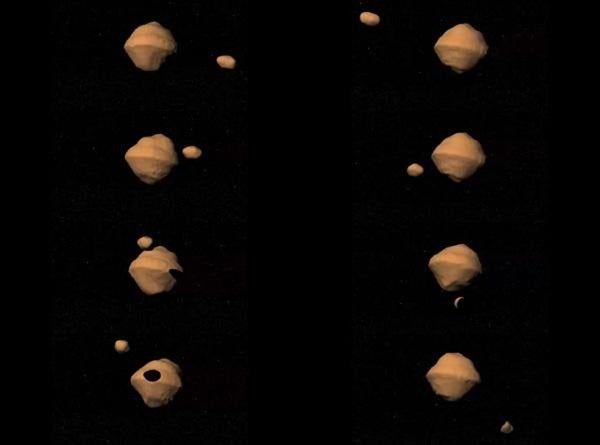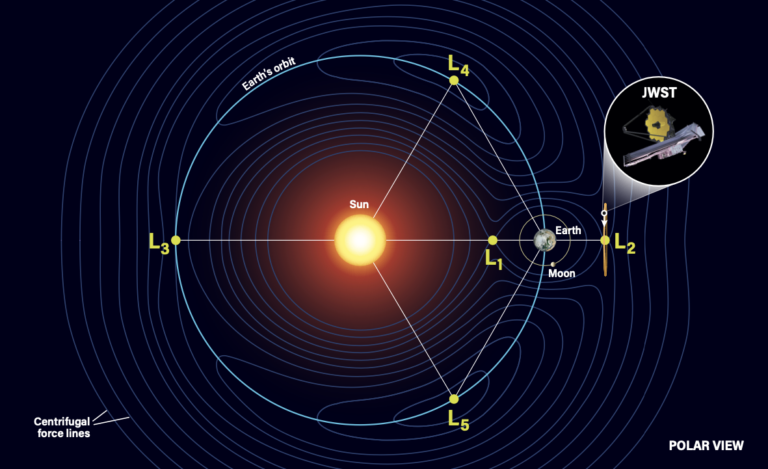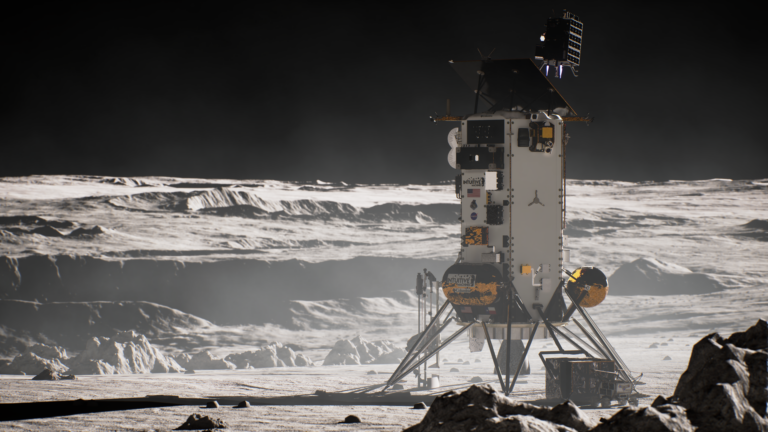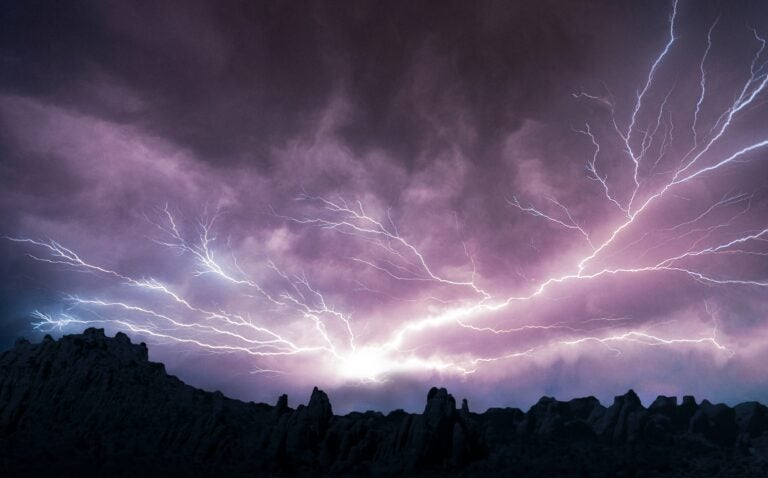While the common perception of asteroids is that they are giant rocks lumbering about in orbit, a new study shows they actually are constantly changing “little worlds” that can give birth to smaller asteroids that split off to start their own lives as they circle around the Sun.
Astronomers have known that small asteroids get “spun up” to fast rotation rates by sunlight falling on them, much like propellers in the wind. The new results show when asteroids spin fast enough, they can undergo rotational fission, splitting into two pieces that then begin orbiting each other. Such “binary asteroids” are fairly common in the solar system.
A new study shows that many of these binary asteroids do not remain bound to each other but escape, forming two asteroids in orbit around the Sun when there previously was just one.
Researchers studied 35 “asteroid pairs,” separate asteroids in orbit around the Sun that have come close to each other at some point in the past million years — usually within a few miles — at very low relative speeds. They measured the relative brightness of each asteroid pair, which correlates to its size, and determined the spin rates of the asteroid pairs using a technique known as photometry.
“It was clear to us then that just computing orbits of the paired asteroids was not sufficient to understand their origin,” said Petr Pravec from the Astronomical Institute in the Czech Republic. “We had to study the properties of the bodies. We used photometric techniques that allowed us to determine their rotation rates and study their relative sizes.”
The research team showed that all of the asteroid pairs in the study had a specific relationship between the larger and smaller members, with the smallest one always less than 60 percent of the size of its companion asteroid. The measurement fits precisely with a theory developed in 2007 by Daniel Scheeres from the University of Colorado in Boulder.
Scheeres’ theory predicts that if a binary asteroid forms by rotational fission, the two can only escape from each other if the smaller one is less than 60 percent of the size of the larger asteroid. When one of the asteroids in the pair is small enough, it can escape the orbital dance, essentially moving away to start its own “asteroid family,” Scheeres said. During rotational fission, the asteroids separate gently from each other at relatively low velocities.
“This is perhaps the clearest observational evidence that asteroids aren’t just large rocks in orbit about the Sun that keep the same shape over time,” said Scheeres. “Instead, they are little worlds that may be constantly changing as they grow older, sometimes giving birth to smaller asteroids that then start their own life in orbit around the Sun.”
“When the binary asteroid forms, the orbit of the two asteroids around each other is initially chaotic,” Scheeres said. “The smaller guy steals rotational energy from the bigger guy, causing the bigger guy to rotate more slowly and the size of the orbit of the two bodies to expand. If the second asteroid is small enough, there is enough excess energy for the pair to escape from each other and go into their own orbits around the Sun.”
Several telescopes around the world were used for the study, with the most thorough observations made with the 1-meter telescope at Wise Observatory in the Negev Desert in Israel and the Danish 1.54-meter telescope at La Silla, Chile. “This study makes the clear connection between asteroids spinning up and breaking into pieces, showing that asteroids are not static, monolithic bodies,” said David Vokrouhlicky from Charles University in Prague, Czech Republic.
The asteroids that populate the solar system are primarily concentrated in the main asteroid belt between Mars and Jupiter, about 200 million miles (322 million kilometers) from the Sun, but extend all the way down into the inner solar system, which are known as the near-Earth asteroids. There are about a million asteroids larger than 0.6 mile (1 km) in diameter orbiting the Sun. NASA’s WISE spacecraft has spotted 25,000 never-before-seen asteroids in just 6 months.
Astronomers believe most asteroids are not solid chunks of rock, but rather piles of debris that come in various shapes, with each asteroid essentially glued together by gravitational forces.
“Sunlight striking an asteroid less than 6 miles (10 km) across can change its rotation over millions of years, a slow-motion version of how a windmill reacts to the wind,” said Scheeres. “This causes the smaller asteroid to rotate more rapidly until it can undergo rotational fission. It’s not hard for these asteroid pairs to be pushed over the edge.”
“Asteroids are important to understanding life on Earth,” said Pravec. He pointed to the Chicxulub asteroid believed to have plowed into the Yucatan Peninsula 65 million years ago and caused dinosaurs to go extinct, essentially resetting the evolutionary clock on Earth. Some asteroids have even been found to contain amino acids — the building blocks of life — causing some scientists to speculate that life on Earth could have come from asteroids pelting the planet.










